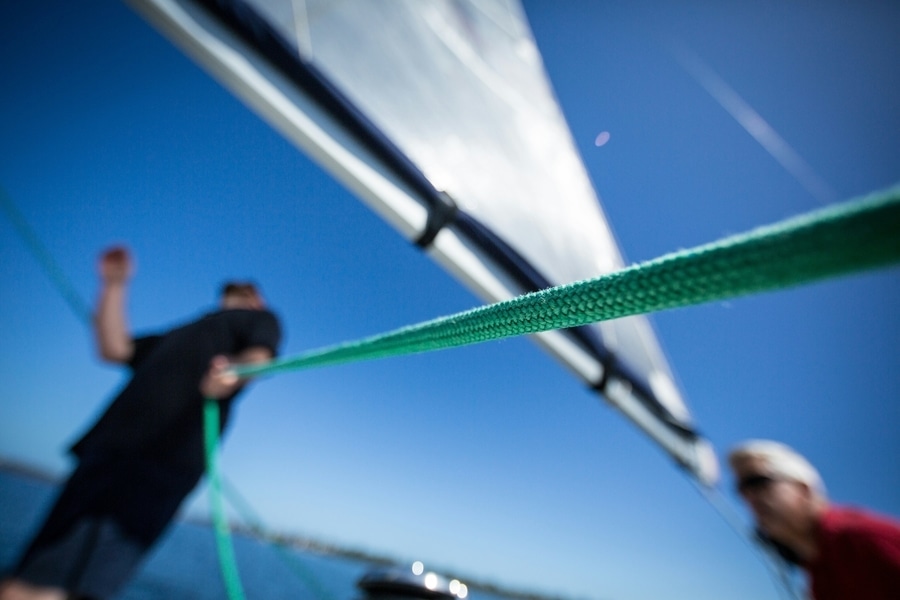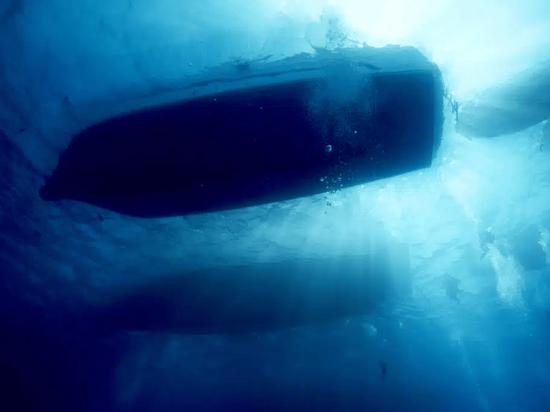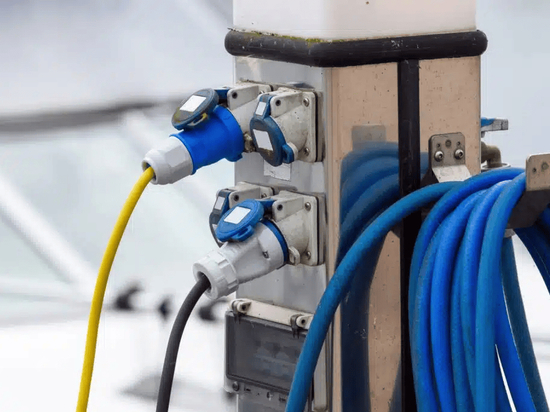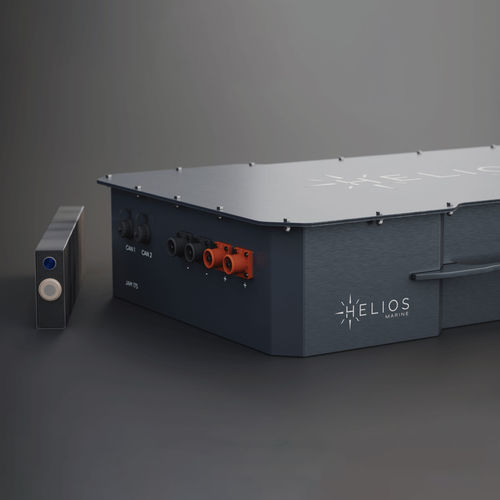
#Industry News
Maintaining Your Marine Battery – Practical Recommendations
Lithium-ion batteries are widely used in electric boats because they offer a higher energy density, longer lifespan, and reduced weight compared to other battery types like lead-acid. However, they do require specific maintenance practices to ensure optimal performance and longevity. Below are the key maintenance specifics for lithium-ion marine batteries.
1. Charging and Discharging Practices
Avoid Deep Discharge: Lithium-ion batteries should not be fully discharged to 0% because it can cause permanent damage to the battery cells. Aim to keep the charge level between 20% and 80%. Deep discharges can significantly shorten battery life.
Avoid Overcharging: Unlike some other battery types, lithium-ion batteries are sensitive to overcharging. Overcharging can lead to overheating and degradation of the battery. Ensure your charger is designed for lithium-ion batteries and has an automatic cutoff when the battery reaches full charge (usually 100%).
Optimal Charging Range: The ideal charging range is typically between 30% to 80%, as this prevents overcharging and also helps maintain optimal health for the battery over time.
2. Battery Monitoring
Battery Management System (BMS): Lithium-ion batteries come with an internal Battery Management System (BMS) that monitors key parameters such as voltage, temperature, and current. The BMS helps protect the battery from damage by balancing the charge across the cells and managing charging and discharging limits.
Regular Checkups: Ensure the BMS is functioning correctly and that there are no warning indicators, like overheating or voltage imbalances. Some electric boats offer software or app-based monitoring that allows you to check battery health in real-time.
State of Charge (SOC) Management: While the BMS helps with managing the state of charge, it’s important to avoid running the battery completely dry or leaving it at full charge for prolonged periods. Keeping the battery in a mid-range charge zone extends its life.
3. Temperature Management
Keep Batteries Cool: Lithium-ion batteries are sensitive to temperature extremes. Overheating can cause battery degradation, while cold temperatures (below freezing) can temporarily reduce the performance of the battery. Some systems use liquid cooling or fans to regulate battery temperature.
Storage in Cold Weather: If storing the boat during winter, it’s essential to ensure the battery doesn’t freeze. Lithium-ion batteries should be stored in temperatures between 5°C and 25°C (41°F to 77°F). If possible, remove the battery from the boat and store it in a controlled environment, ideally at around 50% charge.
Prevent Overheating: During operation, avoid charging or discharging the battery in extreme heat. If you notice the battery temperature rising above the recommended range (usually 60°C or 140°F), it’s important to stop charging or discharging and allow the battery to cool down.
4. Regular Inspections and Maintenance
Visual Inspections: Regularly inspect the battery for any signs of physical damage, such as bulging, leaks, or discoloration. These could indicate internal issues or that the battery has been exposed to extreme conditions.
Check for Leaks: Though rare in lithium-ion batteries, leaks could occur. If you notice any unusual smells or chemical leaks, stop using the battery immediately and dispose of it properly.
Check the Connectors and Terminals: Ensure that the battery terminals are clean and corrosion-free. Lithium-ion batteries generally do not suffer from the same level of corrosion as lead-acid batteries, but it’s still a good idea to inspect the terminals for any signs of corrosion or damage. If needed, clean the terminals gently with a mixture of baking soda and water, ensuring no moisture remains.
Inspect Wiring: Examine the wiring for wear and tear, and make sure connections are tight and secure to avoid power loss or short circuits.
5. Storage and Long-Term Care
Long-Term Storage: If you need to store your boat or battery for an extended period, make sure the lithium-ion battery is stored at around 50% charge. Storing a fully charged battery or one that’s too discharged can negatively impact its lifespan.
Ideal Storage Conditions: Keep the battery in a dry, cool location. Avoid storing it in locations where temperatures can dip below freezing or where it could get excessively hot. A temperature-controlled storage space is ideal.
Avoid Storage with Full Charge: Storing a lithium-ion battery at a full 100% charge for long periods is not ideal and can degrade the cells over time. Similarly, storing at 0% charge can lead to battery degradation. Keeping it around 50% charge is optimal.
6. Balancing the Cells
Cell Balancing: Over time, the cells in a lithium-ion battery can become imbalanced, meaning they have slightly different voltages. This imbalance can reduce the battery’s capacity and performance. Many lithium-ion batteries have an automatic balancing function built into the BMS, but it’s still worth monitoring and occasionally balancing the cells.
Manual Balancing: In some systems, you may need to manually balance the cells or perform periodic rebalancing if you notice reduced performance. This can be done by fully charging the battery to 100% and then discharging it completely (within safe limits) to recalibrate the cells.
7. Battery Lifespan and Replacement
Capacity Loss Over Time: Like all batteries, lithium-ion batteries will lose capacity over time, even with proper maintenance. However, lithium-ion batteries tend to have a longer lifespan compared to other types. You can expect a lifespan of around 5-10 years, depending on the usage and how well the battery is maintained.
Signs of Degradation:
Decreased Range: A noticeable decrease in the amount of time or distance the boat can operate on a single charge is a clear sign that the battery is losing capacity.
Frequent Charging: If the battery requires charging more frequently than before or if the charge doesn’t last as long as it used to, it may be time for a replacement.
Physical Deformation: Bulging, leaking, or swollen batteries are indications that the battery is failing and should be replaced immediately.
Proper Disposal: Lithium-ion batteries must be disposed of properly, as they contain valuable materials and can be hazardous. Many boat dealers and marinas offer recycling programs for old batteries.
8. Safety Considerations
Fire Hazard: While rare, lithium-ion batteries can catch fire if they are damaged, overcharged, or exposed to extreme temperatures. Always ensure the battery is properly ventilated and not exposed to physical damage.
Use of Safety Equipment: Always use protective gear when handling and maintaining lithium-ion batteries, such as gloves, and work in a well-ventilated area.
By following these specific maintenance practices, you can ensure your lithium-ion batteries perform optimally for years, maximizing your investment and the efficiency of your electric boat. Regular care and monitoring can help extend battery life, minimize unexpected failures, and keep your boat running smoothly.





